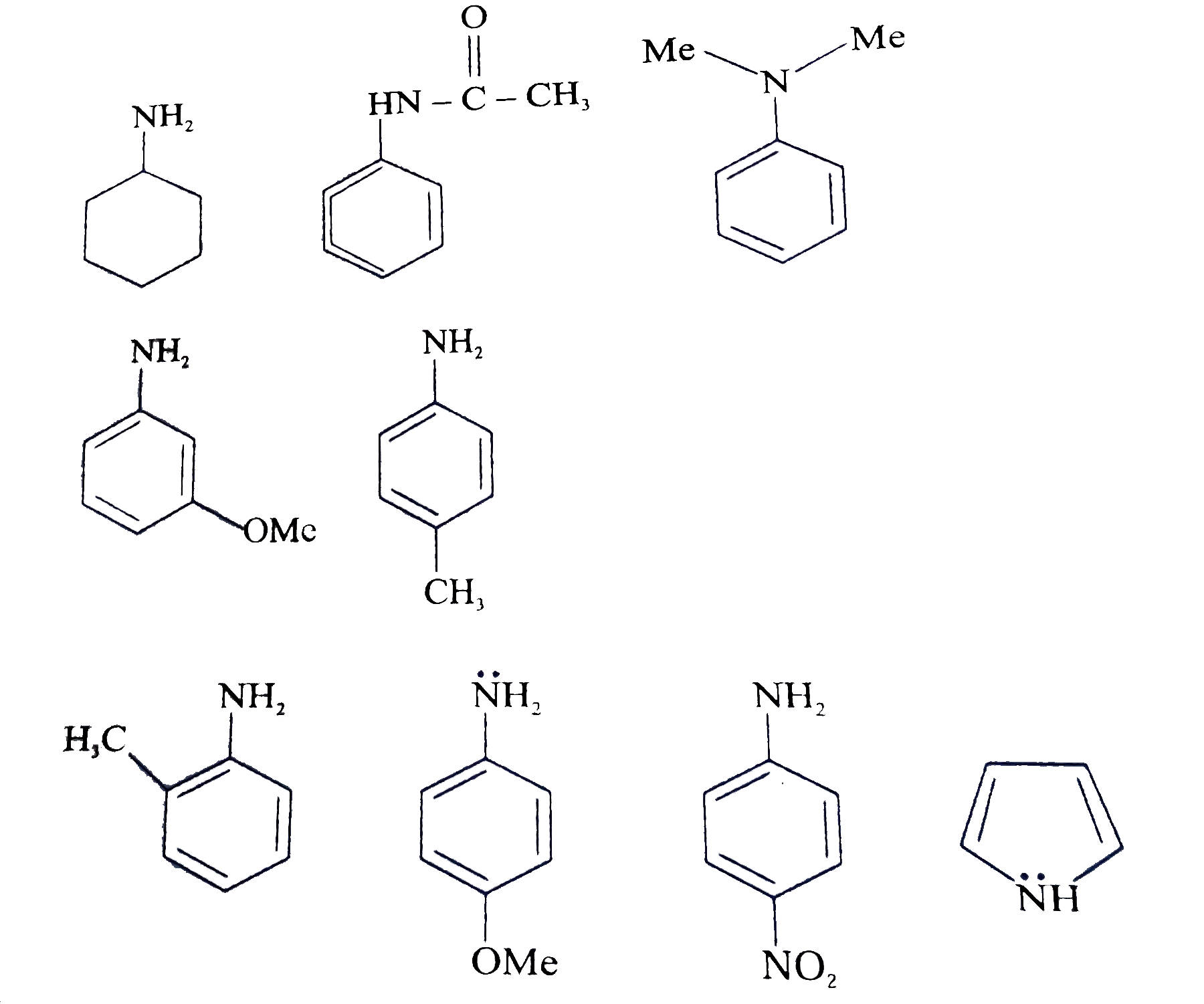Among the compounds , Benzene, Carbon tetrachloride, Naphthalene, Benzoic acid, Isooctane and Anthracene, how many can be purified by sublimation.
The correct Answer is:3
To determine how many of the given compounds can be purified by sublimation, we need to understand the process of sublimation and the physical states of the compounds listed.
1. Understanding Sublimation:
- Sublimation is the process where a solid turns directly into a gas without passing through the liquid phase. This process is typically used for purifying solids that are volatile.
2. Analyzing Each Compound:
- Benzene: This compound is a liquid at room temperature. Since sublimation applies to solids, benzene cannot be purified by sublimation.
- Carbon Tetrachloride (CCl₄): This is also a liquid at room temperature. Therefore, it cannot be purified by sublimation.
- Naphthalene: Naphthalene is a solid at room temperature and is known to sublime. Thus, it can be purified by sublimation.
- Benzoic Acid: Benzoic acid is a solid at room temperature and can also sublime, making it purifiable by sublimation.
- Isooctane: This compound is a liquid at room temperature, so it cannot be purified by sublimation.
- Anthracene: Anthracene is a solid at room temperature and can sublime, allowing for purification by sublimation.
3. Counting the Purifiable Compounds:
- From the analysis, the compounds that can be purified by sublimation are:
- Naphthalene
- Benzoic Acid
- Anthracene
- Therefore, there are a total of three compounds that can be purified by sublimation.
Final Answer:
3 compounds can be purified by sublimation.
- Sublimation is the process where a solid turns directly into a gas without passing through the liquid phase. This process is typically used for purifying solids that are volatile.
- Benzene: This compound is a liquid at room temperature. Since sublimation applies to solids, benzene cannot be purified by sublimation.
- Carbon Tetrachloride (CCl₄): This is also a liquid at room temperature. Therefore, it cannot be purified by sublimation.
- Naphthalene: Naphthalene is a solid at room temperature and is known to sublime. Thus, it can be purified by sublimation.
- Benzoic Acid: Benzoic acid is a solid at room temperature and can also sublime, making it purifiable by sublimation.
- Isooctane: This compound is a liquid at room temperature, so it cannot be purified by sublimation.
- Anthracene: Anthracene is a solid at room temperature and can sublime, allowing for purification by sublimation.
- From the analysis, the compounds that can be purified by sublimation are:
- Naphthalene
- Benzoic Acid
- Anthracene
- Therefore, there are a total of three compounds that can be purified by sublimation.
3 compounds can be purified by sublimation.
Topper's Solved these Questions
Similar Questions
Knowledge Check
- Question 1 - Select One
Benzoic acid can be purified by
ASublimationBCrystallizationCDistillationDChromatography - Question 2 - Select One
Which of the following organic compounds can be purified by sublimation ?
ANaphthaleneBAnthraceneCCamphorDHexachloroethane - Question 3 - Select One
A mixture of benzoic acid and naphthalene can be separated by crystallization from
AHot waterBCold waterCBenzeneDEther.
Among the following compounds how many of them is more basic than aniline?
 View Solution
View SolutionA mixture of naphthalene and benzoic acid can be separated by
View SolutionA mixture of naphthalene and benzoic acid can be separated by
View SolutionA mixture of naphthalene and benzoic acid can be separated by:
View SolutionAssertion (A) Naphthalene, anthracene, benzoic acid, camphor and other such substances which sublime can be purified from other substances by sublimation.
Reason (R ) There are certain substances which decompose when sublimed under ordinary pressure.View Solution


